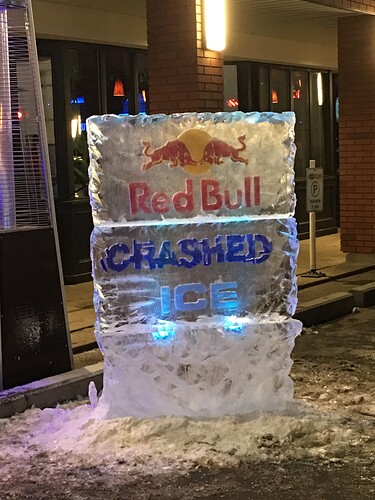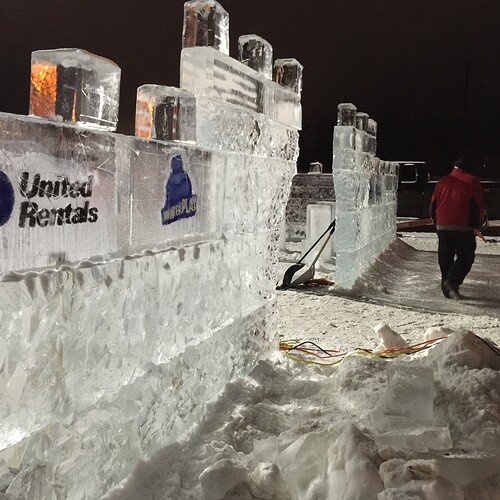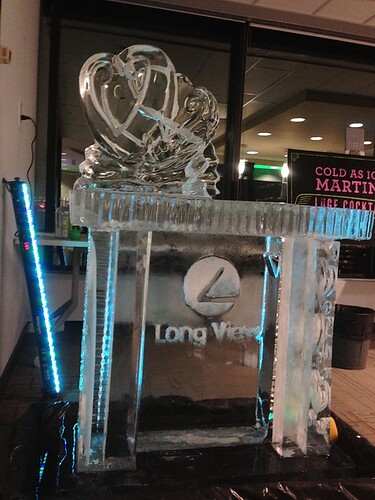Well, I hit “checkout now” last night finally so now after over nine years and a half built Instructables DIY CNC I’m finally going to be machining stuff. After reading and reading and reading it sounds like I might have just opened a bigger can of worms than I had anticipated and will soon be looking at converting this into a laser cutter, needle cutter, 3d printer and pasta extruder!
I’m going to be building a hybrid table with a pop out insert piece so that I can open up a 20” x 40” opening which I’ll be lifting a carving block of ice up into with the help of a hydraulic lift cart (the blocks are almost 400 lbs!). Once lifted partway through the opening, side clamps - much like you find on a wood working bench will squeeze the block of ice thereby “connecting” the ice block to the table/gantry solidly.
Question number one (of which I’m sure there are going to be many):
I see lots of people talking about leveling the table and it sounds like it’s a critical thing. I guess I kinda understand that although if the table and gantries are square and parallel to each other, should it matter if it’s all level? I also saw mention of slanted tables - one I think was 70 degrees! So where does the “level” discussion come into play there? I ask because I’m wondering how precisely I’ll need the block of ice “leveled” in the opening or can I use the CNC to make the flat surface for me before the milling really gets underway?
I also plan to make the table portable and stow able - not a ton of room to spare in my shop. I saw a flip-up roll away table last night which I think I can adapt. I do wonder though if I can leave the MPCNC all set up on the work surface if it’s to be tipped on its side for storage repeatedly?
I’ll stop there for tonight. I have some serious cleaning and reorganizing to do in my shop before the big box of goodies arrive.


